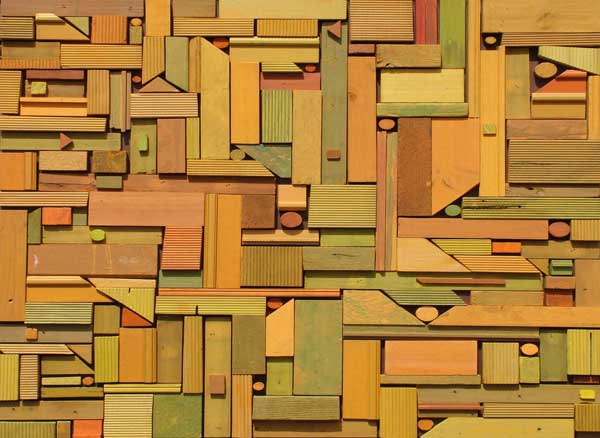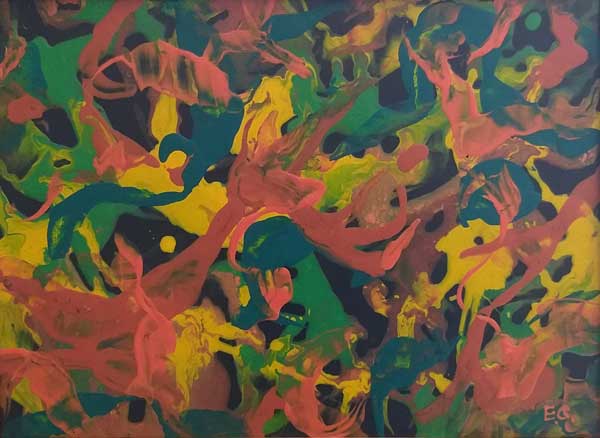Abstract Art and Music
Exploring the Connection Between Abstract Art and Music
Have you ever stood before a captivating abstract artwork and wondered, “What exactly am I looking at or what does it mean?” This is a common experience! Unlike music, which often evokes immediate emotional responses, abstract art can feel more puzzling. Why the difference?
The Challenge of the Unfamiliar
Most of us are accustomed to seeing recognisable objects in art, like landscapes or portraits. Abstract art, focusing on colours, shapes, and textures, throws us a curveball. Without those familiar references, we might get stuck searching for a specific meaning, hindering our enjoyment.
Music: A Pure Emotional Experience
Think about listening to a new song. Do you dissect the lyrics (especially in an instrumental piece)? Probably not! We tend to connect with music more intuitively, responding to the rhythm, melody, and overall mood. We simply decide if we like it or not.
A Shared Language: Beyond the Obvious
Here’s the fascinating part: abstract art and music share a hidden language! Both artists and musicians use elements like colour, tone, texture, and mood to create their works. The way they arrange these elements – the rhythm, balance, and contrast – is surprisingly similar.
Why the Disconnect?
So, why do we struggle to appreciate abstract art similarly? The reasons are likely complex. Perhaps there’s a lack of exposure to art education, or maybe our fast-paced lives leave little room for contemplating the abstract.
The Key: Embrace the Experience!
The good news? Appreciating abstract art doesn’t require an art history degree. Let’s ditch the overthinking and simply allow the artwork to evoke emotions through its colours, shapes, and the overall feeling it conveys. After all, art is a journey, not a destination!

